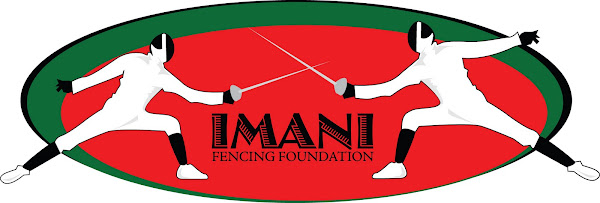African Americans were active in fencing during the 1930s, when Young Men’s Christian Associations (YMCAs) and Young Women’s Christian Associations (YWCAs) provided basic instruction in the sport. But racial discrimination practiced by the AFLA severely curtailed their opportunities to compete at the local and national levels. A case in point is the experience of Violet Barker, who learned to fence at the Harlem YMCA under the tutelage of Alex Hern, a Jew who was teaching fencing in settlement and neighborhood houses throughout
By the 1950s African Americans were gaining acceptance by the AFLA and were winning fencing titles in intercollegiate meets. In the following decades several blacks captured prestigious national honors. Sophronia Pierce Stent was captain of the New York University team; in 1951 she became the first black woman to gain admission into the AFLA Collegiate champions include Bruce Davis of Wayne State University (Detroit); Tyrone Simmons of the University of Detroit; Peter Lewison of the City University of New York; and Peter Westbrook, Michael Lofton, and Ruth White of New York University. In 1969 White became the first black athlete to win a national fencing title, when she won the under-nineteen crown in foil. She was trained by several Hungarian coaches, including Bela de Csajaghy. Subsequent African Americans who have won national championships include Lewison, Westbrook, Lofton, Uriah Jones, Burt Freeman, Ed Ballinger, Terrence Lasker, Mark Smith, Erin Smart, Bob Cottingham, Nikki Tomlinson Franke, and Sharon Monplaisir, among others. Westbrook, who is half Japanese and half black, also took home a bronze medal in the saber at the 1984 Olympic Games in
Finally, since the 1930’s American fencing has exhibited an increasing multiethnic and multiracial character, as Hispanic and Asian athletes have become prominent as administrators and champions. The deCapriles brothers were men of great education, status, and wealth from
